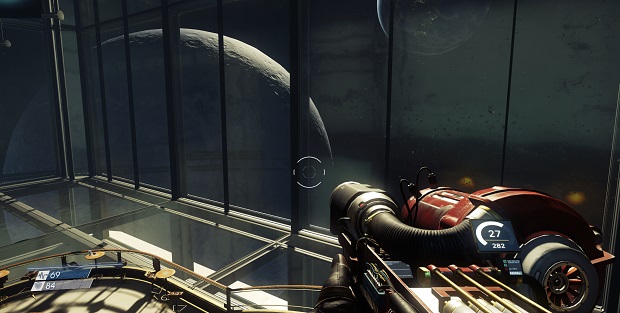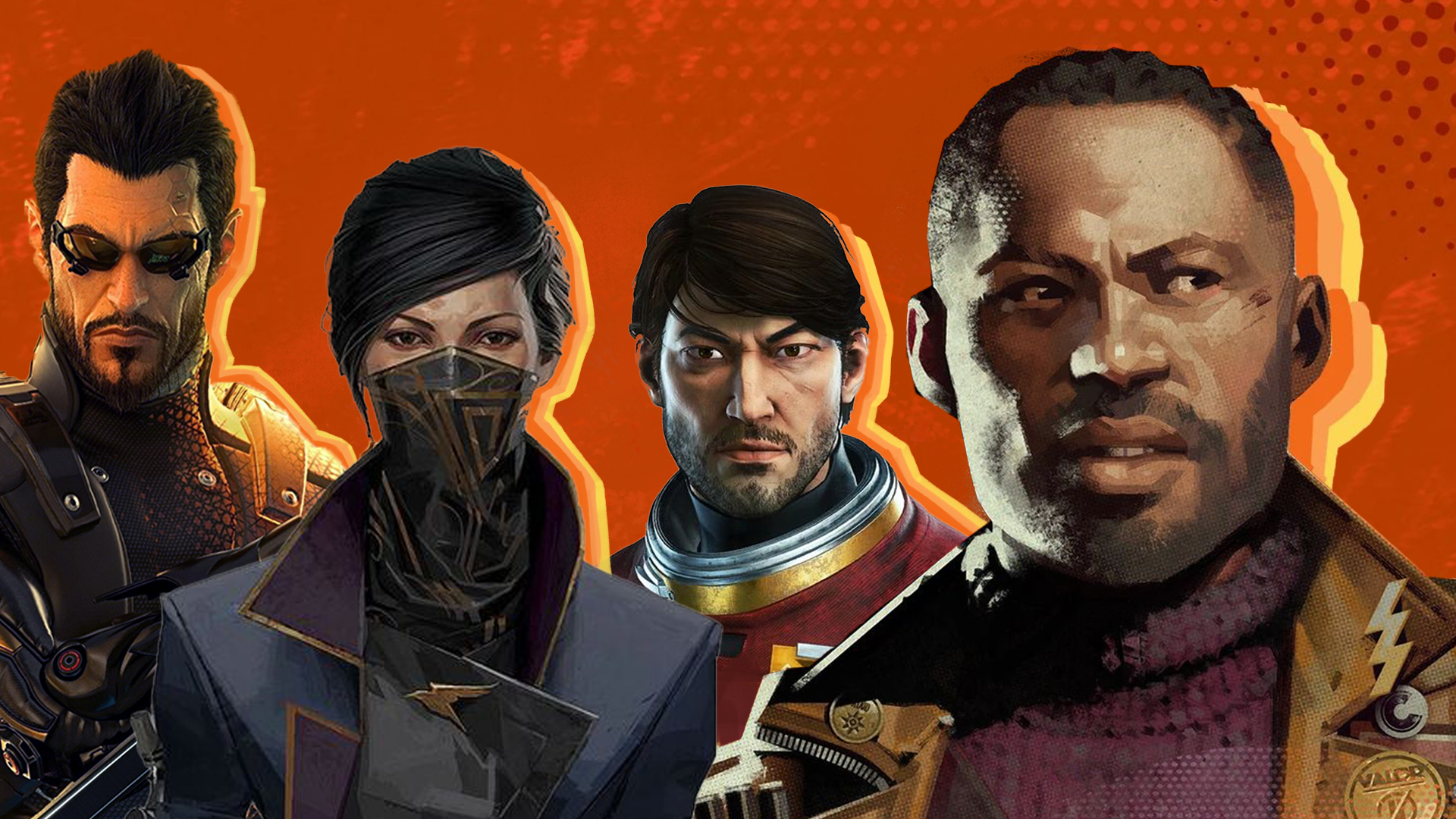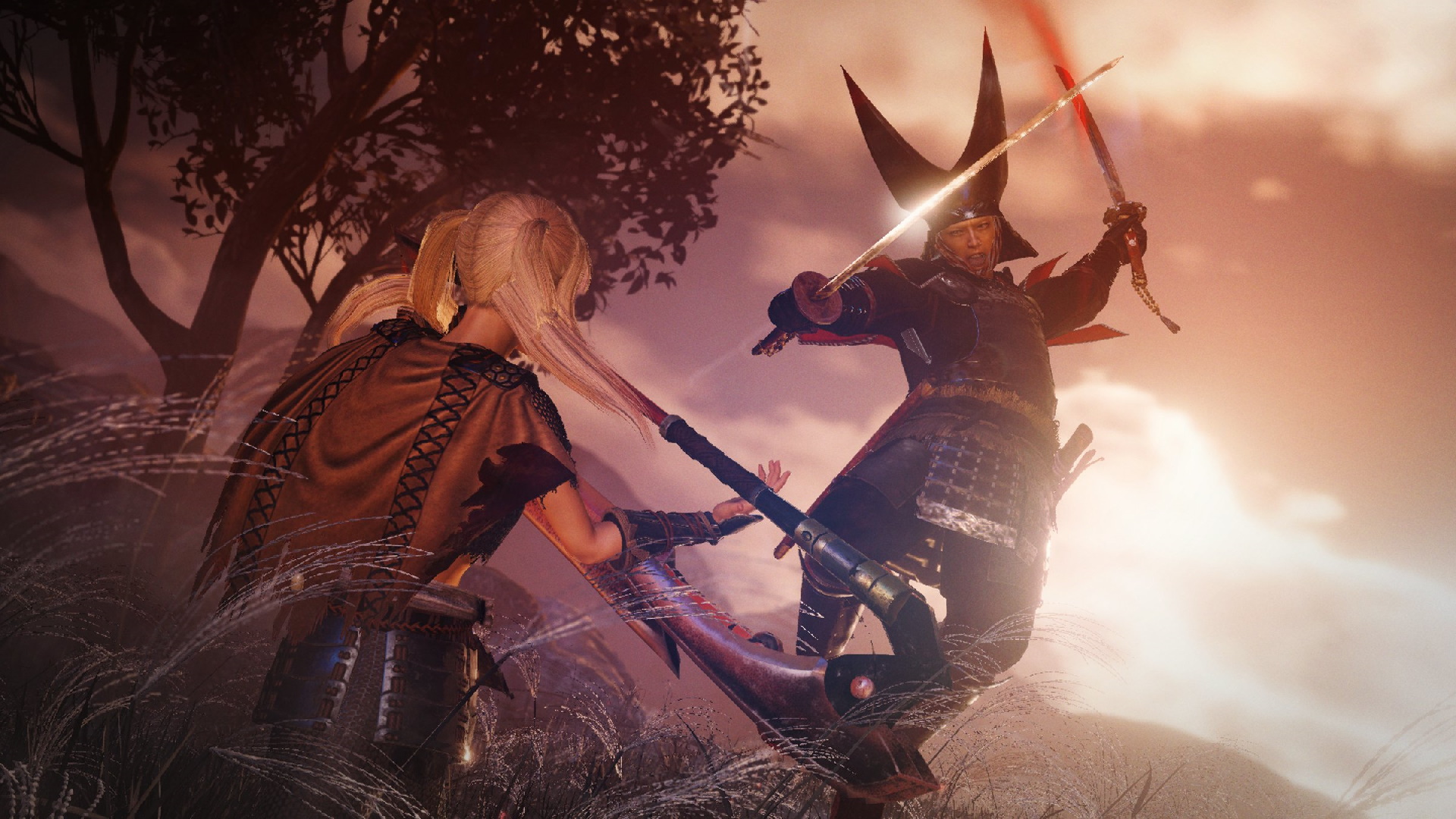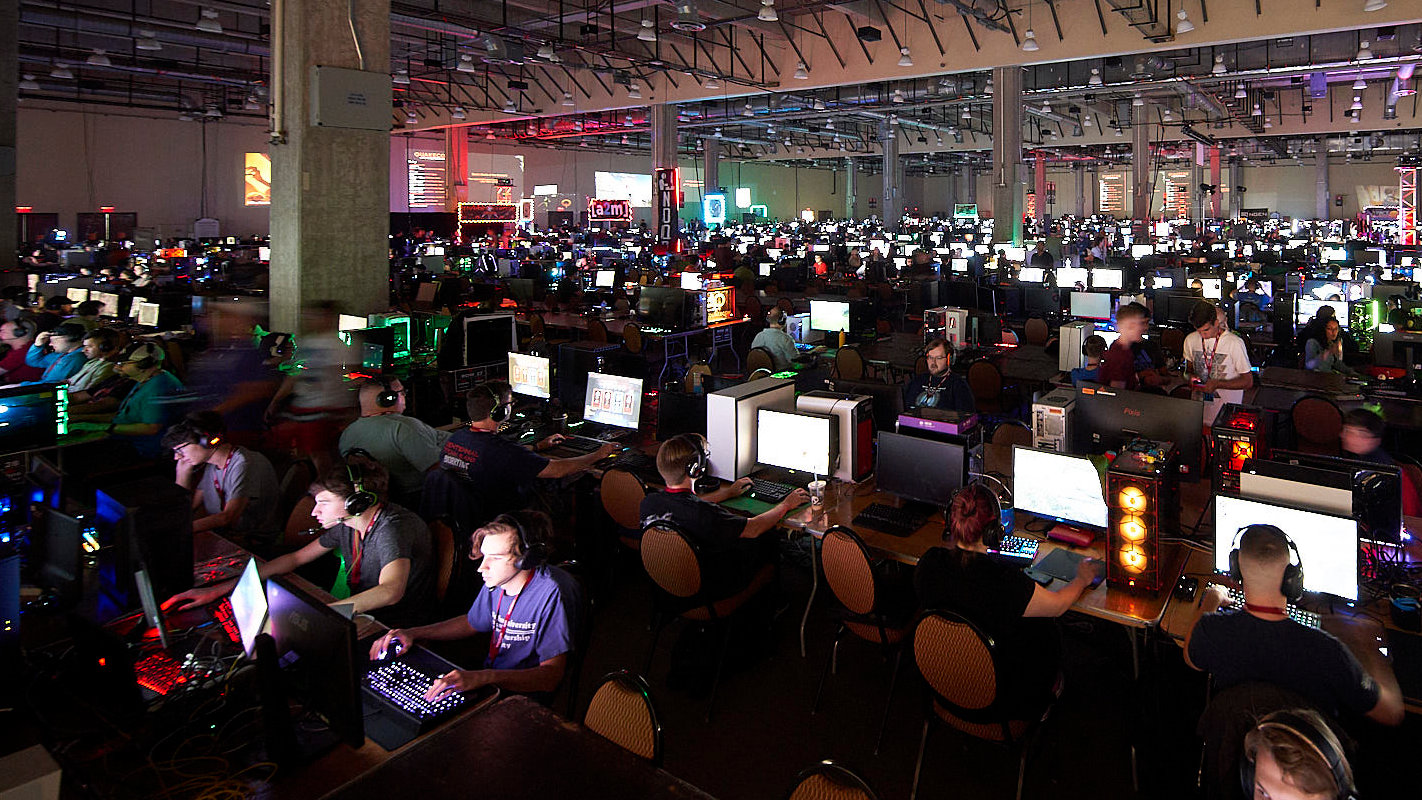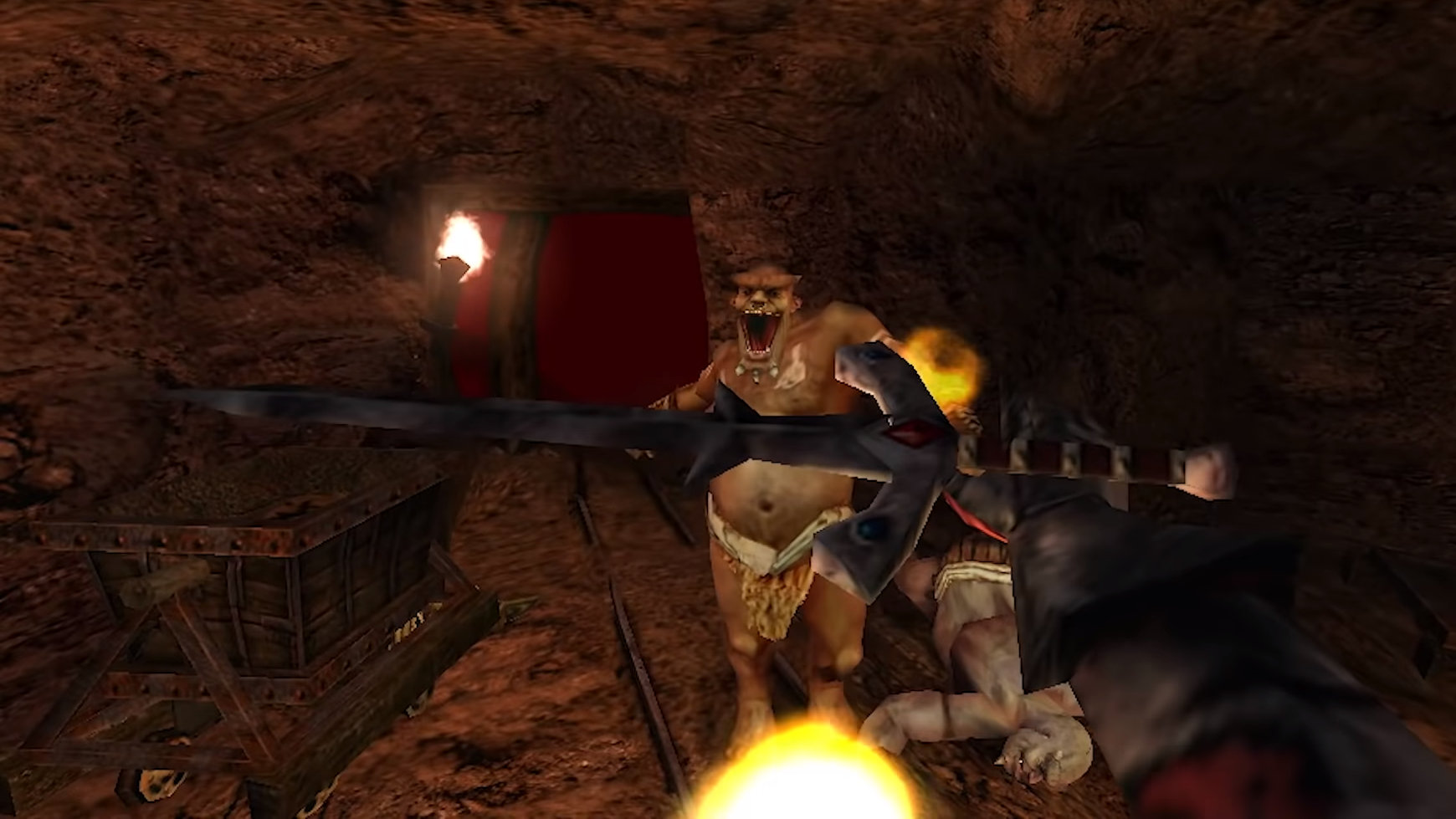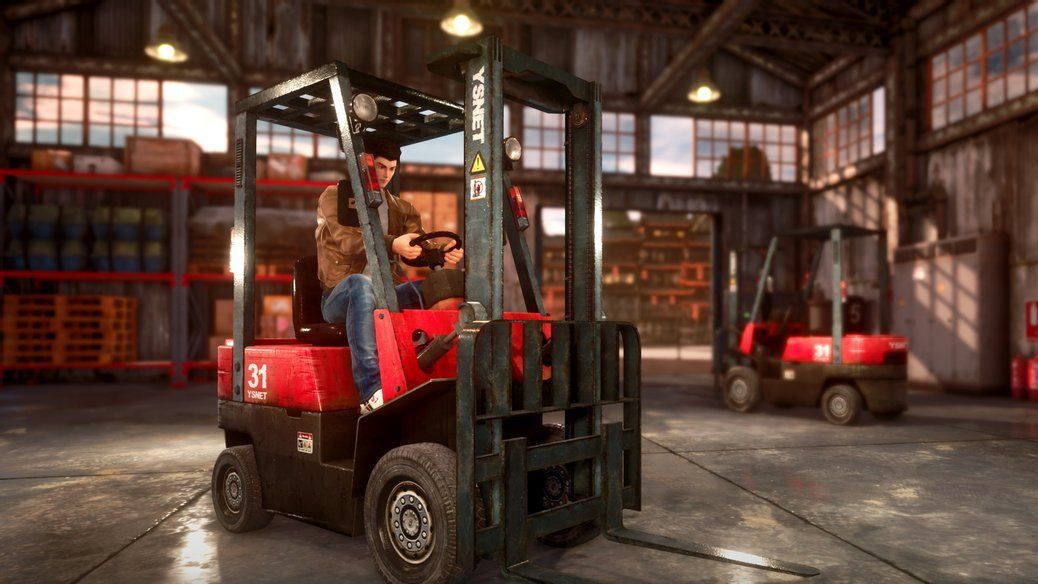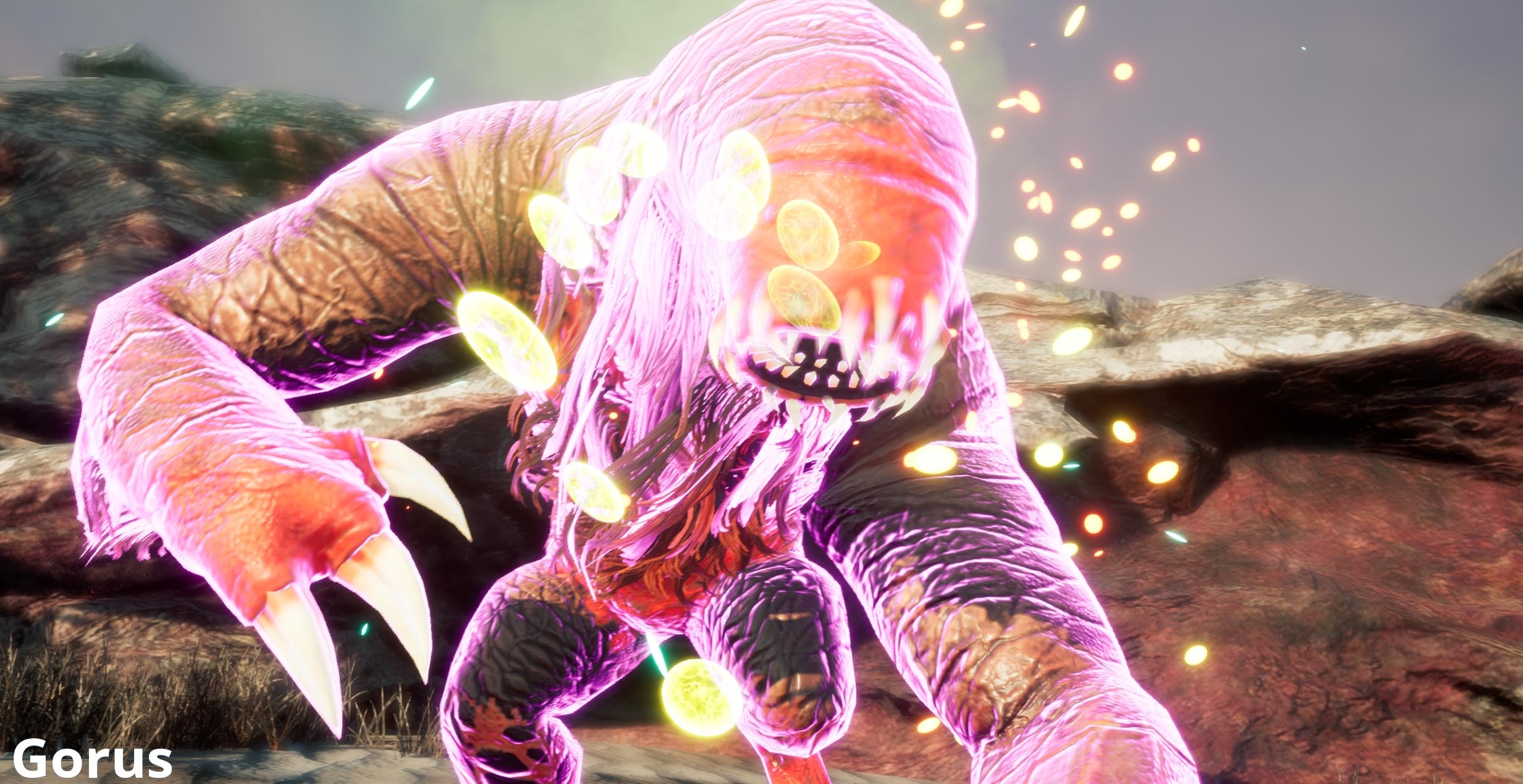Prey's opening hours show that the setting is the star
Eat, love Prey
I thought the monsters and mimicry would be the stars of Prey [official site], but I was wrong. The real star is the Talos-I space station, which manages to be a convincing functional space and a delightful collection of hidden routes and challenges. In my first couple of hours with the game, I thought the setting was a too-predictable mixture of offices and industrial machinery, but six hours in, I'm finding it hard to hard to tear myself away.
Despite all of its powers and tricks, Prey is a game where I'm not so much interested in what I'm doing as I am in where I'm doing it. The combat irritates me more often than it excites me, the creatures pestering rather than petrifying, and the upgrade system hasn't convinced me yet – but if Talos-I continues to be such a warren of possibilities, I'll gladly spend another thirty hours or more there.
I didn't expect Prey to make me laugh, but it has. There are audio logs and emails to find, and the tale of Talos-I and the tech that its owners are selling is told through darkly satirical fragments. Sure enough, there's serious business layered on top of that, but Arkane are having a lot of fun with their awful corporation and its attempts to bring a frightening product to market. From the opening, the humour cuts through all of the grim events with scenes that are more Dr. Langeskov than System Shock, and there's something refreshing about seeing the HR and marketing departments of a future-corp rather than just falling straight into some evil labs.
Even though I'm not sure I'll ever care about the personal troubles of lead character Morgan Yu, I was sold on the setting quite quickly, and as a place to play, Talos-I is astonishing. More on that later though because first, I'm going to moan about the combat for a while.
After every fight, I go back through the room using my GLOO gun to put out fires and patch up cracked gas pipes that are spitting flames. My entire approach relies on making the environment as hazardous as possible to all life and then hiding behind something solid. I enjoy this approach and John, who is working on our review, has been lugging turrets around and playing what sounds like a very different game. What I don't like is that I feel as if I've been pushed into a corner and forced to play this way because I hate going toe-to-toe with the enemies, and my pistol is the worst pistol in the history of pistols.
I found a Boltcaster at one point and thought my stealth alien assassination dreams were going to come true, but it turns out to be a toy crossbow, essentially a Nerf gun. That was genuinely annoying because I'd been struggling to see my pistol as anything more than a puny chisel that chipped away at health bars in the least dramatic fashion possible, and I was looking forward to having a proper weapon.
When I found out I was holding a toy, the whole situation felt like an extension of that sly humour that runs through the game, a punchline that hit my sneaky character build right in the gut, but to my surprise it's become a useful tool. One of the things I love about Talos-I is that most doors can be locked after you've gone through them, which allows me to lead enemies into rooms and then trap them inside while I continue on my merry way. The Boltcaster lets me shoot the lock and unlock switch from a distance, which makes me the best monster-herder in the near-future. One time, a monster carried on shooting me through a locked door because its arms had clipped through so projectiles could be generated on my side. That was annoying, but it's a one-time occurrence in the six hours I've been playing.
There are so many little tricks to learn and part of my frustration with the combat stemmed from being foolish enough to think the weapons might be worthwhile or enjoyable to use. In the opening hours there's far too much wrench-whacking, which might be OK if most enemy types didn't flow around like liquid smoke, making keeping track of them tricky enough even before extremely limited ammo and stamina are thrown into the mix. A few swings from the wrench and you're panting for breath while mimics attack from multiple directions, and ammo is precious, at least in the early stages.
I'm hoping that the combination of a skill tree, unlocked using eye-piercing neuromods, and recycling units that can make ammo and other resources will tip the balance in my favour a little as I move through the game. As it stands, Prey seems to be aiming for a sense of vulnerability, forcing me to use whatever is at hand in the environment or my inventory just to stay alive and make progress. That's a wonderful feeling, liberating in its tension, but I'd like to feel I can take the fight to the mimics and their monstrous mates at least once in a while.
System Shock comparisons are valid but where Prey falls down on that front in these early stages is in having enemies that are more annoying than fearsome. My struggles with combat and the way I have to resort to tricksy tactics to keep myself alive make me think of an immersive sim crossed with survival horror, and what a beautiful thing that would be, but so far Prey hasn't been frightening at all. The creatures are lethal but the smaller variants, the mimics, are too squidgy and skittish to unnerve me even though they look like a bit like spiders. The only larger creatures I've seen so far could be bog-standard humanoid demons or aliens or just about any other kind of baddie. They're called phantoms, but they're not spooky in the slightest.
But look, I'm spending all of these words complaining about the monsters because they're the one bad ingredient in an otherwise delicious cocktail, and despite my quibbles, they do add something to the overall flavour. As I said in the opening paragraph, the real star here is the station itself and it's absolutely wonderful.
It took me a while to acclimatise to a game that actually let me play how I wanted to play. It's a strange feeling asking for games that don't provide constant guidance and then finding myself reaching for a reassuring hand in the dark. I've become so accustomed to freedom being a choice of two corridors and a vent that when Prey confronted me with a big ol' section of space station to explore, I froze. There are objectives to follow, and plenty of side missions including a smart method of hunting down crew members (both living and dead), but if you're anything like me you'll often find yourself far from the signposted path.
I've turned away from a door because I don't have the required keycard or a strong enough hacking skill to break in, and then found myself on the other side of that same door without realising I was heading there. Everything feels connected to everything else in such a natural way that there's this constant amazing feeling of having made discoveries rather than having followed a trial of breadcrumbs.
You know that feeling in a great RPG where you wander into a high-level zone and realise, “SHIT, I'M DEFINITELY NOT SUPPOSED TO BE HERE”, but then you decide you're going to try and survive anyway, and then you're basically a hobbit who simply walked into Mordor and you're probably doing the best quest ever and the best thing about it is that it was totally unscripted? Prey is that, hopefully for hours and hours and hours.
It's also a game that gives you a skill tree to work through (two skill trees, really, once the alien powers come into play) and though I found the initial choices underwhelming, I'm already starting to see the strengths and weaknesses of my build. There's no question that building up the neuromod tech and the horror of jabbing it into your eyeball is slightly undermined when the initial hit lets you pick between +1 Hacking or +1 Repair, along with a few other skills, but all of these choices feed back into the design of the station and how you make your way around it.
I haven't reached the alien skills yet, so I can't turn into a mug. That's the big gimmick everyone knows about, right? Imagine thinking the game is so brill when I haven't even been a mug for a second. And it is brill. All my uncertainties about the creatures and the combat might diminish or become more acute as the game goes on, but at its core Prey is closer to the Deus Ex and System Shock heir that I've been waiting for than anything that I've played in the last ten years.
Where Dishonored and its sequel treated their cities as playgrounds, and gave you the abilities to test each space to its limits, Prey is a more tight and tense design, though also far more open. That might sound contradictory but it's all in the design of the spaces you're given to explore and inhabit. I'm not just looking for new ways to make use of my toys, I'm looking for ways to survive and progress, often limping from one area to the next, or dragging myself back to safety. But every time I approach an area, new or old, I figure out new possibilities.
That's the key to it. Prey gives me space to think and to figure things out rather than providing constant prompts and guidance. All of that relies on extremely clever level design though and whether the rest of the game can keep up the high standards of its first big open space, I can't say just yet. So far, it's a masterpiece of showing rather than telling though, and if it continues in that vein, I might even learn to love the mimics and all the other horrible little leftovers from a vape festival that pass for monsters.
Prey is available now for Windows and is available via Steam for £39.99. Our full review will be with you early next week.

